Like ladders or any other type of working equipment, scaffold towers also come in different shapes and sizes. Also known as scaffolding towers, each type of scaffold tower is made to suit a specific need and work in a particular environment. Choosing the correct tower is essential if you expect to get the desired result. We take a peek at different types of scaffolding towers, their use, and how you can be able to identify them.
1. Staircase tower
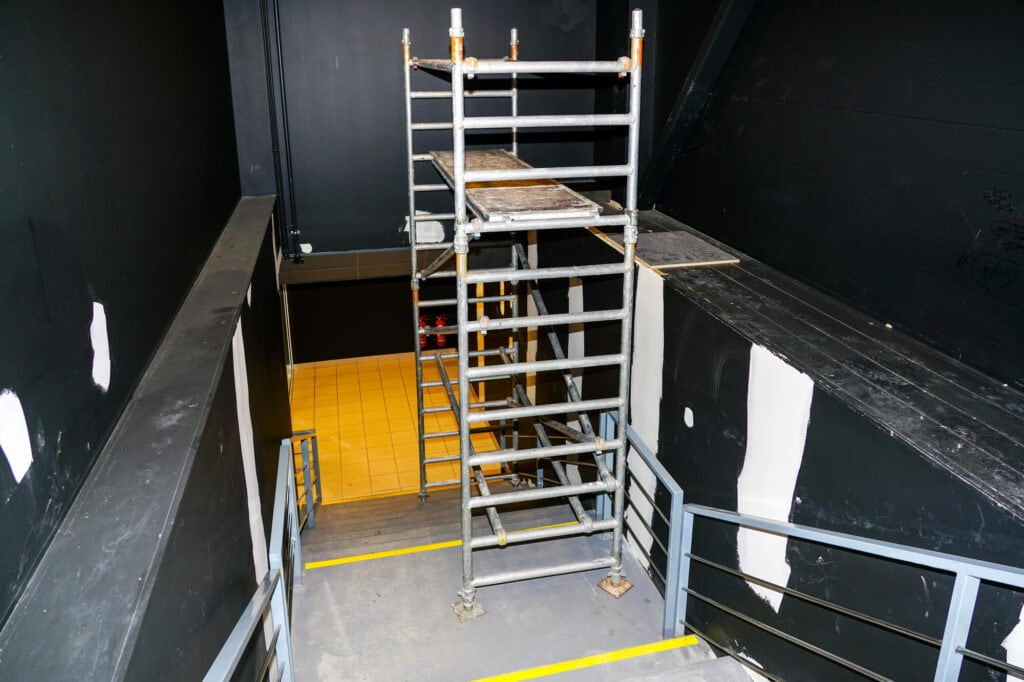
It is made for both use on staircases and indoor and outdoor use. It provides a safe environment to be able to access all the hard-to-reach areas on the stairs without all the hassle.
2. Advanced guardrail scaffold
For additional safety and fall protection, the advanced guardrail scaffold is the best type of scaffold tower to use. The tower has an extra guardrail to reduce the risk of falling for scaffold users. It can also be assembled from the frame below by the workers, therefore, reducing the chances of falling.
3. GRP scaffold tower
This type of scaffold tower is made of non-conductive fibreglass instead of aluminium. It is best suited to use in areas that are at risk of high voltage such as electrical industries. Being a clean product that is resistant to bacteria, fibreglass is also ideal for use in areas such as conservation areas or cleanrooms where cleanliness is very important.
4. One-man tower
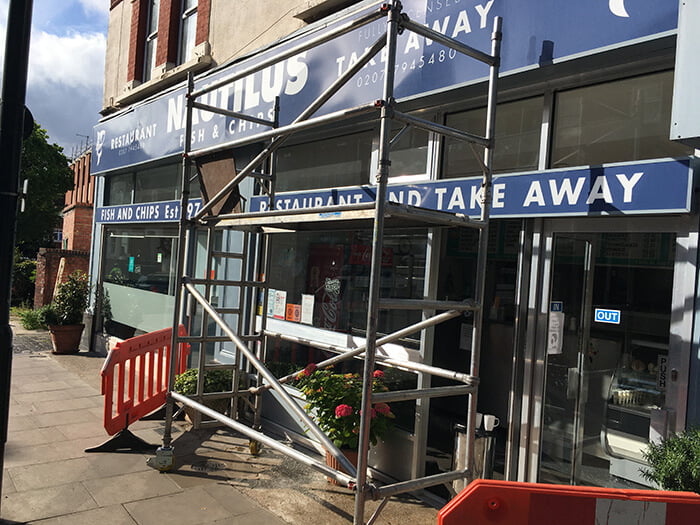
With a self-explanatory name, this scaffold tower is typically designed for use by one person. It has a base that turned into a trolley for easy transportation and storage. It can also be fitted inside a minivan easily.
5. Standard scaffold tower
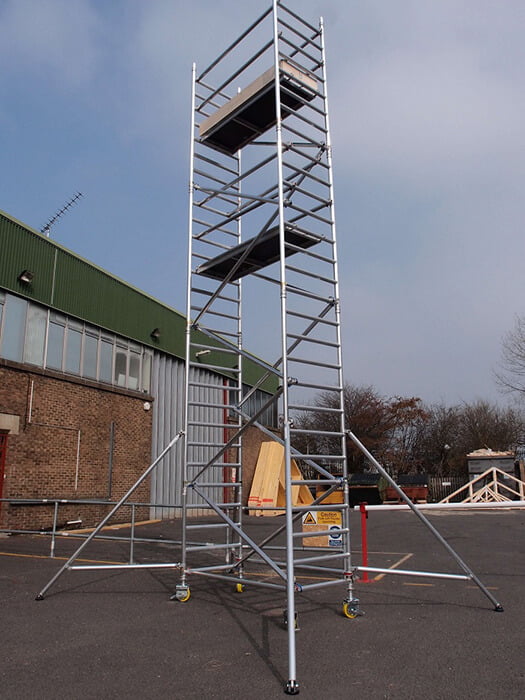
Available in both double and narrow widths, a standard scaffold tower is just what you need when completing a simple job. The towers reach heights of 12m and 8m respectively and are quite basic to assemble.
6. Cantilever scaffold tower
Cantilever towers have an additional tower that is installed over the obstacle allowing you to work safely and easily. They are mostly applied in instances where an obstacle prevents you from completing the task as it does not allow for the erection of a full tower.
7. Tube scaffolding
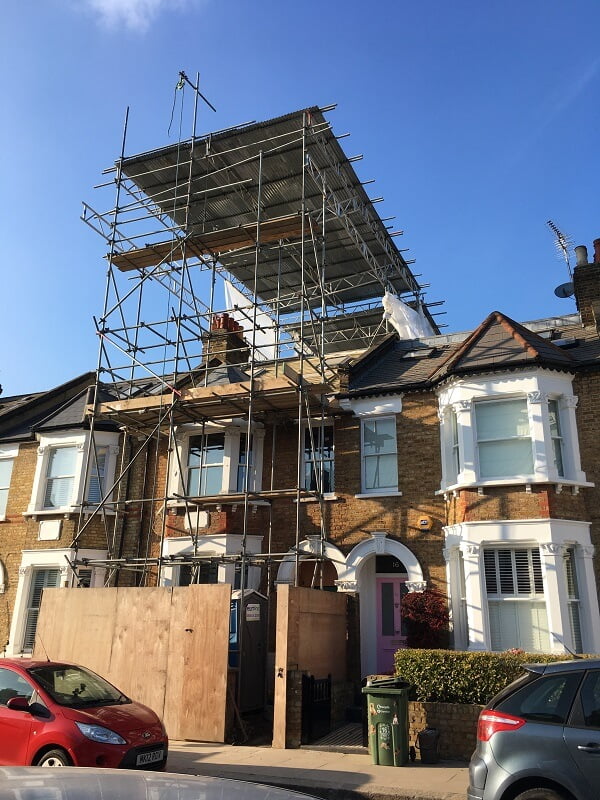
This type of scaffolding tower is mostly used in buildings undergoing renovation. Tube scaffolding does not consist of one working platform with four edges but can be built around a large area since it is fully customizable. The tubular poles are held together by clamps and couplers and can be arranged in any shape.
8. Rolling scaffold
Although rolling scaffold can be used outside, it is generally better when used indoors. When in use, the wheeled surface is locked firmly to make sure that there is no movement when someone is working on the tower. A rolling scaffold is only made of a small working platform that sits above the vertical scaffolding frame.
9. Supported scaffolding
The structure is held in place by posts, legs, poles, uprights, and frames. The scaffold structure can then be kept in place by the use of outrigger beams or any other rigid structures. Guys, braces, or ties that are installed at a horizontal ratio of 4:1 are then used to connect the scaffolding to the building structure.
10. Suspended scaffolding
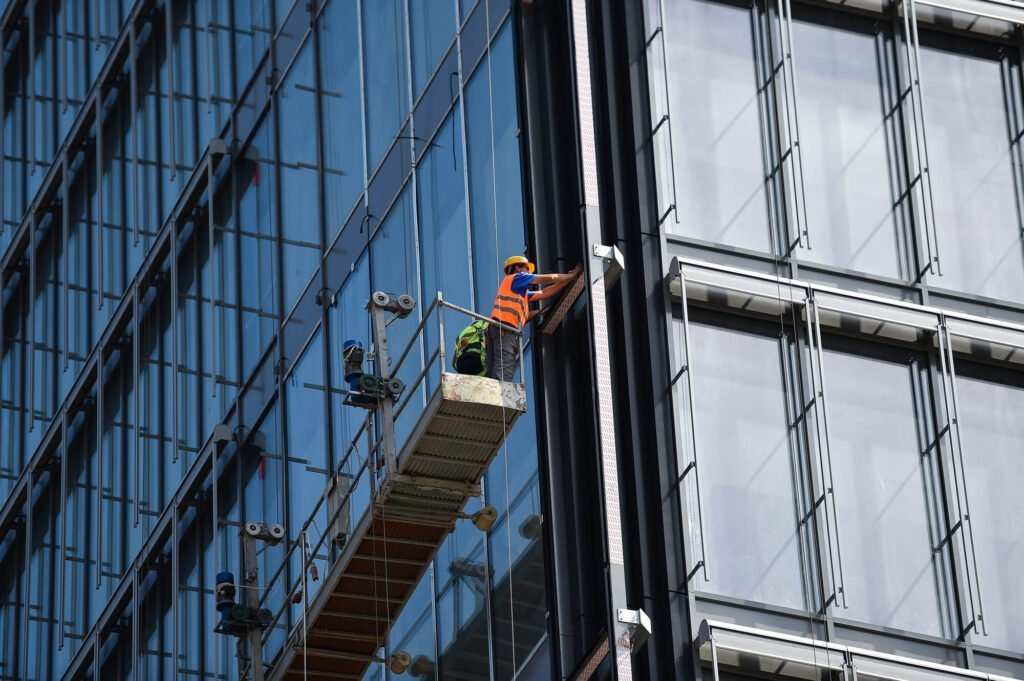
Suspended scaffolding performs pretty much the same function as regular scaffolding towers. Instead of using legs, suspended scaffolding is normally used to carry out jobs such as window cleaning. Another instance where a suspended scaffold may come in handy is whereby the ground is not stable enough to erect a normal scaffold tower.
11. Tower bridges
Ideal for areas with difficult access such as swimming pools or above conservatories, tower bridges are an option you can consider for safe access. It involves hanging a lightweight staging between two mobile scaffold towers. The bridge is usually accompanied by handrails and toeboards for added safety.
The system is perfect if you want a large working platform area and a clear span between the two towers. The maximum working height for the two scaffold towers is 22m whereas the maximum span is 17m. If you’re working at 22m, it’s advisable to attach the towers to the walls for safety purposes.
With improved insight into the different types of scaffold towers available in the market, you can now decide which is best suited to your needs. Having the correct type of scaffold tower on your construction site not only saves you time but also improves the quality of your final result on a building project.